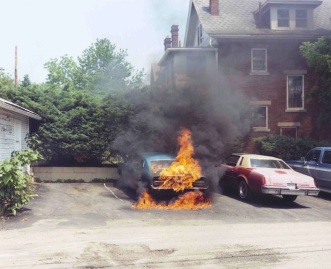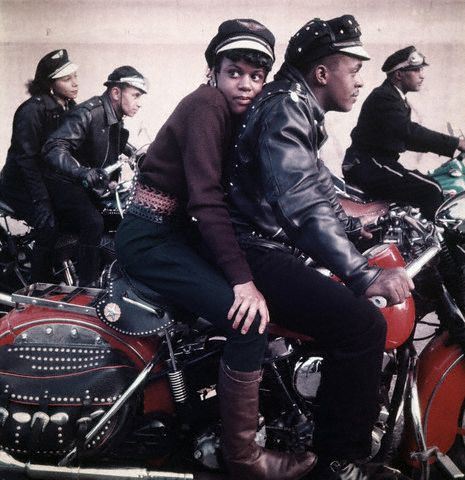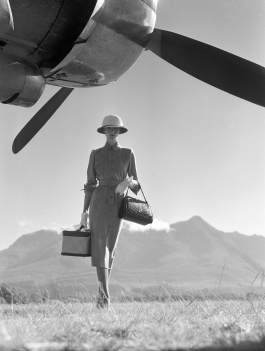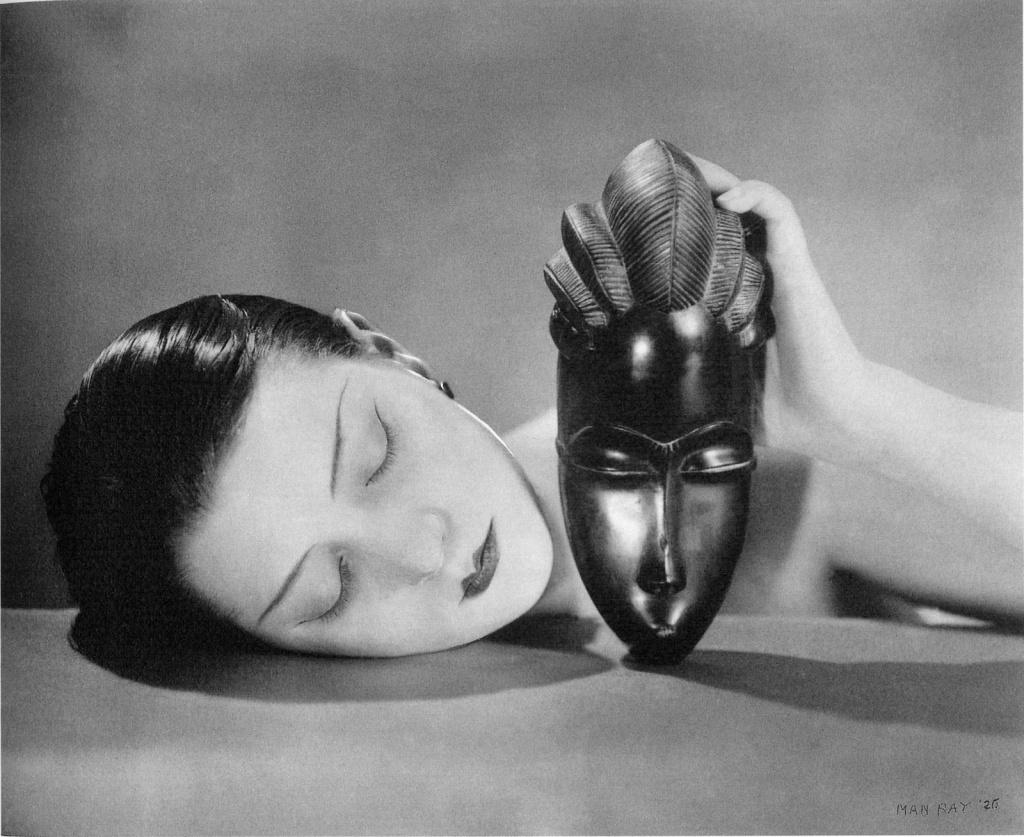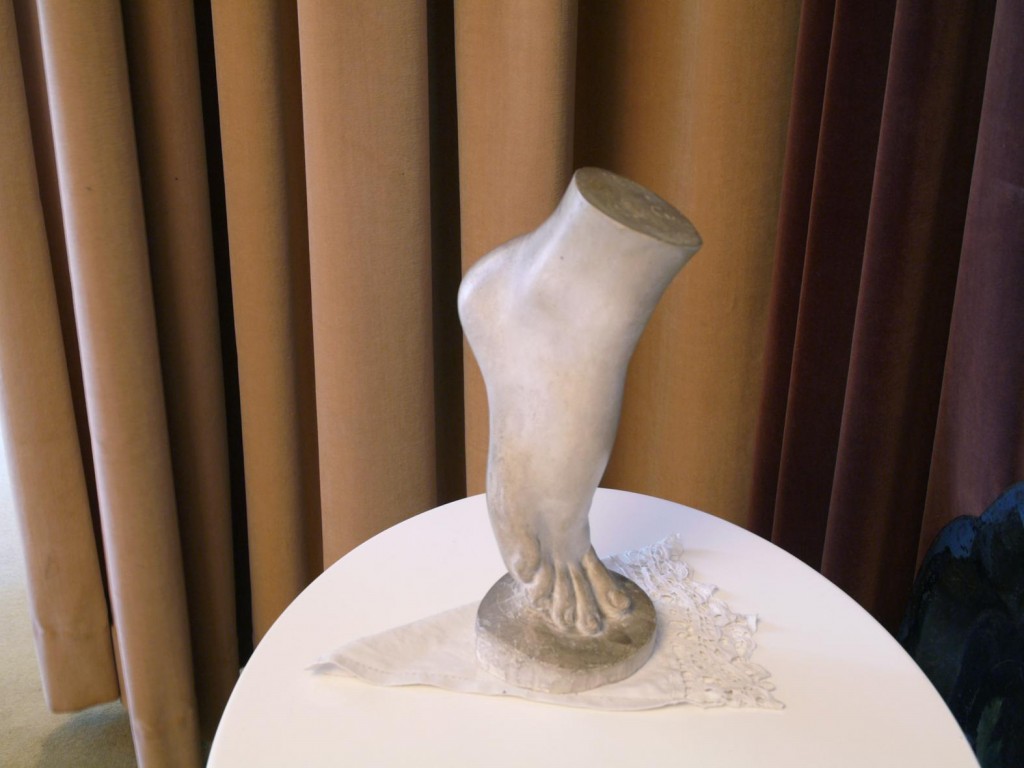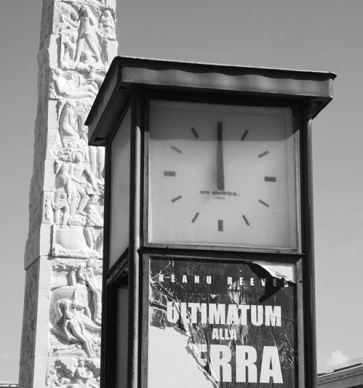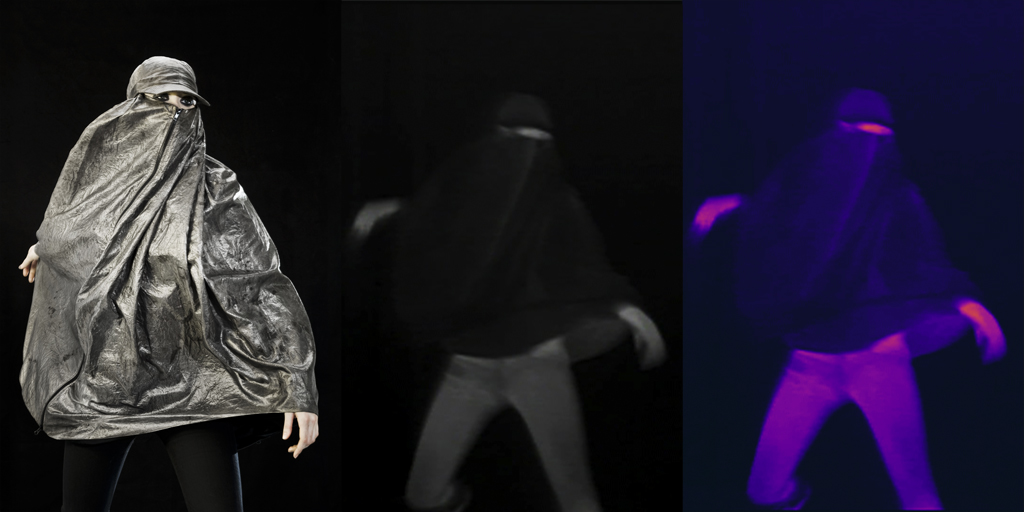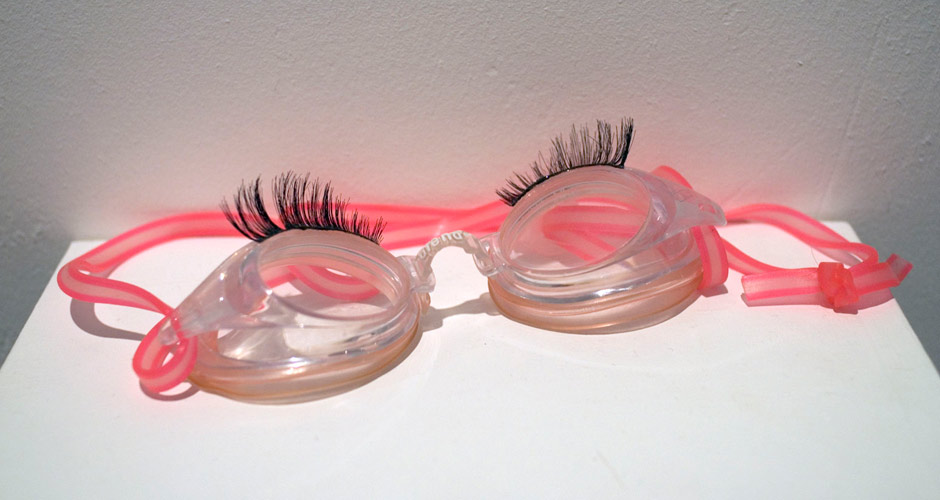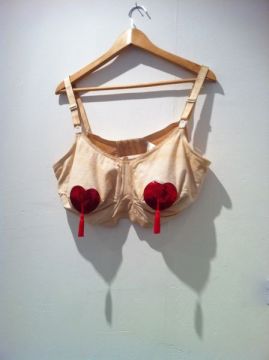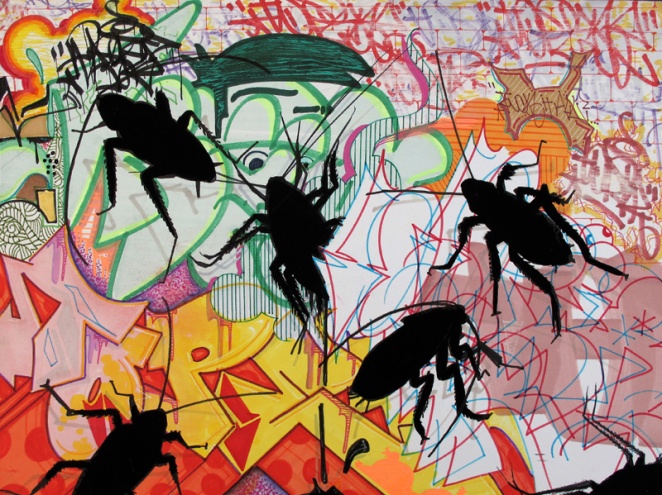Last year I was fortunate enough to of been able to see some of the biggest art exhibitions that the United States had to offer, as I roamed New York and San Francisco seeing work from the likes of Cindy Sherman, Keith Haring, Rime/Toper, Kraftwerk and David Shrigley. Though one exhibition still stands out as being one of the best, and that was the Partners in Surrealism Lee Miller and Man Ray retrospective, which was on at the Legion of Honor in SF.
The show was constructed of over 115 photographs, paintings, drawings and manuscripts all of which explored the creative interaction between the two giants of surrealism. It was the first exhibition that looked at the two exclusively and explored their relationship as partners in art and then later on in love.

Man Ray ‘Tears’ 1933
Their mercurial relationship culminated in some of the most formidable works of both artist’s career, which then helped alter the course of modern art. The two artists inspired each other equally, collaborating on several projects together all of which are pioneering and raised the bar around the world. Although the two only shared accommodation for three years, this exhibition looked at the lingering effect they had on each others work in the years following. It surveyed the differing mediums they also chose to work within, as it meandered through the surrealists imagery in unanticipated ways, consequently producing astounding levels of imagination.
So when the NPG sent out their press release email informing me of the upcoming, Man Ray Portraits exhibition, I knew this was not too be missed. The all out Man Ray exhibit, is completely devoted to someone I personally see as the most innovative figure working at the start 20th Century.
The National Portrait Gallery have done a sensational job collecting 150 photographs and vintage prints from the great mans career during the years of 1916-1968. The portraits celebrate his contemporaries as he photographs friends, lovers and members of his highly esteemed social circle. The Philadelphia-born artist spent his early life in New York, turning down to study architecture in order to focus on his paintings…thank god.
The first portrait offering comes from 1916 and is of another favourite artist of mine Marcel Duchamp, the french avant-garde artist. It was Duchamp who acted as a inspiration for Man Ray during these years teaching him the ways of Dadaism, which got the ball rolling for the Surrealist movement and in turn Man Ray’s career. What I find most interesting is the fact that Man Ray originally took on photography to reproduce his own paintings, but then changed to produce photography in aid to financially support himself. I applaude the way he recognised the inflating boundaries of photography and acted upon them allowing him to procure respect for himself as an artist.
As the exhibition moves through Man Ray’s career the big names begin to roll in and there are some interesting portraits of the most famous people of his day. One portrait which caught my eye, was that of Ernest Hemingway as his stare is cold and forlornly in its manner.
Also portraits from this era include a glum, melodramatic James Joyce as he hangs his head and Arnold Schoenberg who looks a little worse for wear. What is interesting about these though is they are distinctively very un-Man Ray as they appear on the surface to be rather normal and mundane. It is as if these portraits could of been done by anyone with the technology to take a photograph, as the key components such as light and pose are hardly complex.
Nevertheless there is also portraits of arts giants with Picasso, Matisse and young Dali making an appearance, showing Man Ray’s early but influential social stimulus. This is for me is the changing point in his career and ironically in this exhibition. The photographs begin to become more outrageous, leading you to believe these meetings obviously had a key and lasting impression on Man Ray.

Lee Miller 1929
This period in Paris is probably my most loved phase in Man Rays career as he began to create photograms, which he called ‘Rayographs’. This process was created through solarisation of negatives and creates an image that for its time was insanely unprecedented and pioneering. I found the portraits done through this technique to be utterly mind shattering, not for their aesthetics but for the creativity of it all. The portraits int this era include the likes of Elsa Schiaparelli, Irene Zurkinden, Lee Miller, Suzy Solidor and his own self portrait.

Man Ray self portrait
This is an impassioned piece for many reasons, as it is not just a portrait of artist but it’s the portrait of an artisan, one who is hard at work. In my humble yet bias opinion it is this that makes this portrait so appealing, as it has a direct clear-sightedness and a emphasis on a craftsman in his natural element.

Man Ray ‘Le violon d’ingres’ 1924
One of the most interesting portraits for me nonetheless, is the 1924 piece entitled ‘Le violin d’Ingres’ which translated from French is a expression about a hobby. It depicts the naked form of a woman who sits with her pear-shaped back facing us. Her head, wrapped in a turban, is turned to the left. The viewer’s attention is drawn not to her shapely profile but instead to the two black f marks (familiar to those on stringed instruments) on either side of her spine. The result is an archetypal Surrealist image that is strangely arresting, dreamlike, sexually charged, amusing and upsetting, everything surrealism should be. What I find the most enthralling about this piece is not its subject, world renowned Kiki de Montparnasse but its ironic and pretty churlish undertone. It is a well known fact Kiki loved to play with the violin, therefore when you take the markings on her back into account, you get the image that Man Ray loved to play with Kiki. Was Man Ray bragging about how much of a player he was? I would like to think he was.
As war broke out, Ray left Paris for the bright lights of Hollywood, where he began working with some of Americas biggest stars and we begin to see portraits of stars such as Ava Gardiner and Paulette Goddard.
Ray returned to Paris later on in his life, 1951. The photographer like those he once photographed, had ironically become a legend, the subject of several books and exhibitions. It is therefore small wonder that Man Ray became the man he did and the fact his traits and techniques are still used with relative frequency in contemporary photography. Though always now considered as one of the greats for his expressive techniques, this exhibition made me realise something far greater, his workman like availability and his directness in the creation of his images. I think the portrait below says it all…A must for all fans of not just surrealism but photography and art as a whole, a true master explored.


